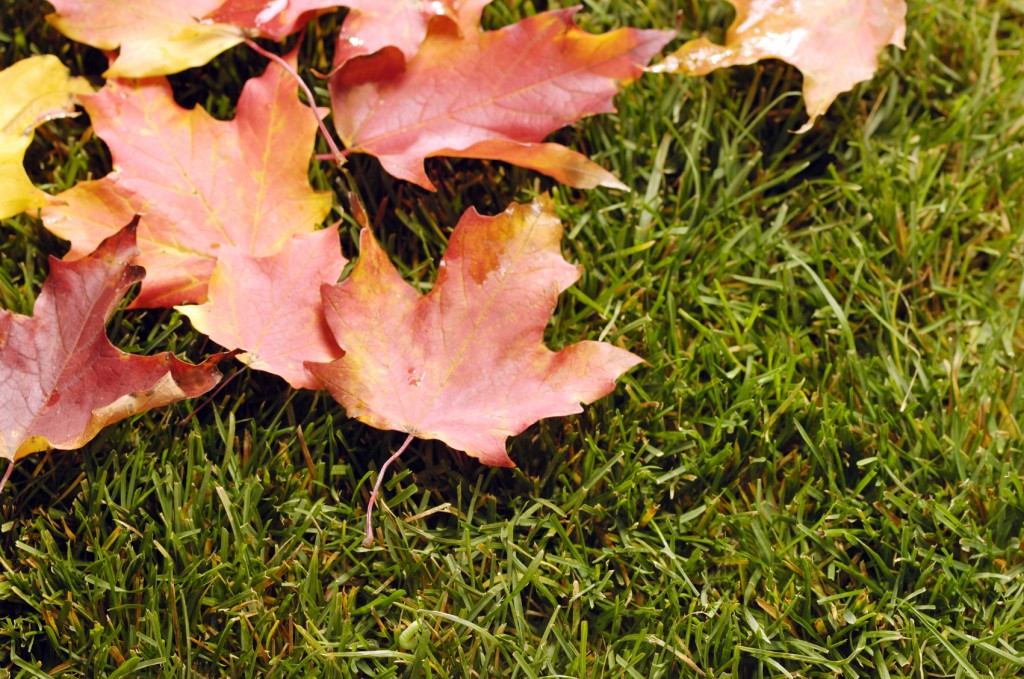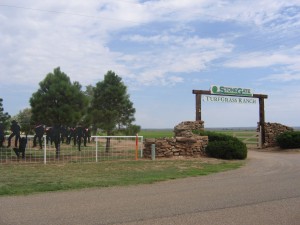Why Fall is the Best Time for Homeowners to Plant Sod Grass
Category : Uncategorized

Many homeowners dreams of having a thick, green lawn that looks beautiful year-round. While some people choose to seed their yards, sod grass offers an instant, reliable solution. The key, however, is knowing when to plant it. While many think of spring as the go-to season, fall is actually the best time to install sod for most homeowners.
Planting sod in the fall provides a host of benefits that make lawn care easier and the results longer lasting. With cooler temperatures, reduced weed growth, and better conditions for root development, your lawn has the chance to thrive with less effort. Let’s explore why fall sod installation is such a smart move for homeowners.
1. Cooler Temperatures, Happier Grass
The biggest challenge when laying sod in the summer is the heat. Hot sun and high temperatures dry out sod quickly, which means you’ll be constantly watering and worrying about it drying up. Fall, on the other hand, brings cooler days and nights, which reduces stress on new grass.
Soil temperatures remain warm from the summer, and that’s exactly what sod needs to develop healthy roots. This balance—warm soil and cool air—is ideal for new sod. The grass can focus on establishing itself without battling extreme heat or sudden frost like it might in spring.
For homeowners, this means less worry about whether your new lawn will “take.”
2. Stronger Roots Before Winter
When you plant sod in the fall, most of the energy goes into root growth instead of blade growth. That’s a good thing. Strong roots are what help your lawn survive the winter and come back lush and green in the spring.
By the time summer rolls around, your lawn will already have a solid foundation underground. This makes it much more resilient to heat waves, drought, and kids or pets running across it. A lawn installed in the fall simply has a head start compared to one planted in spring or summer.
3. Fewer Weeds to Compete With
No homeowner wants to spend their weekends pulling weeds. Fortunately, fall sod installation helps minimize this headache. Weed growth slows naturally as temperatures drop, so your new grass won’t be competing for space, water, or nutrients.
On top of that, sod itself acts as a weed blocker. Because sod is installed as a thick, pre-grown mat, it covers the soil and prevents weed seeds from getting the light they need to grow. That means a cleaner, healthier lawn from day one.
4. Less Watering Needed
Watering a new lawn can be time-consuming, especially in the summer when heat causes moisture to evaporate quickly. In fall, cooler weather and more consistent rainfall mean your sod won’t need nearly as much watering.
Of course, you’ll still need to water regularly for the first few weeks so the sod establishes roots. But overall, your water bill will be lower, and the process will be much less demanding than if you tried planting sod in July or August.
5. Instant Curb Appeal
Unlike seeding, which can take weeks or even months to fill in, sod offers instant gratification. One day you have bare dirt, and the next you have a lush, green lawn.
Fall is the perfect time for this transformation because your new lawn will stay green through the cooler months. By the time spring arrives, it will already be established, giving your home standout curb appeal while your neighbors are still waiting for seeded lawns to grow in.
If you’re planning to host gatherings, decorate for the holidays, or just want to enjoy your yard sooner, sod in the fall is the fastest way to get there.
6. Less Lawn Care Hassle in the Beginning
Homeowners know that the first few months of a new lawn are the most stressful. You worry about weeds, pests, water schedules, and disease. Thankfully, fall sod planting makes this stage much easier.
Many lawn pests, like grubs and chinch bugs, are less active in the fall. Common lawn diseases that thrive in heat and humidity are also less of a threat. That means your lawn has a smoother, stress-free start, and you don’t need to spend extra money or time treating problems.
7. A Lawn Built to Last
The biggest benefit of fall sod planting is the long-term payoff. By the time spring comes around, your lawn already has a healthy root system and is ready to thrive. It will handle summer heat, drought, and foot traffic far better than lawns planted at other times of the year.
This durability not only saves you from costly repairs or reseeding, but it also gives you peace of mind that your investment is protected. For homeowners who want a lawn that looks great and lasts, fall sod planting is the best strategy.
8. Boosting Home Value and Pride
A green, healthy lawn instantly boosts curb appeal, and that can directly increase the value of your home. Whether you’re planning to sell in the near future or just want to be proud of how your home looks, sod planted in the fall helps you achieve that goal quickly.
Imagine stepping outside in spring and seeing a lawn that’s already full and green while others are still struggling to grow grass. That kind of curb appeal not only adds financial value but also brings daily enjoyment for you and your family.
Tips for Homeowners Planting Sod in Fall
- Prepare the soil well: Remove debris, loosen the soil, and add compost or topsoil if needed.
- Lay sod quickly: Sod should be installed the same day it’s delivered to prevent drying out.
- Water right away: Give your new lawn a deep watering immediately after installation.
- Limit foot traffic: Try not to walk on it too much until roots are firmly established (about 2–3 weeks).
- Mow carefully: Wait until the sod is rooted before mowing, and keep mower blades sharp to avoid tearing grass.
For homeowners who want the fastest, most reliable way to achieve a beautiful lawn, planting sod in the fall is the clear winner. Cooler weather, fewer weeds, reduced watering needs, and stronger roots all work together to give your lawn the best possible start.
By making the investment in sod now, you’ll enjoy an instant green lawn this fall, a durable foundation through winter, and a head start on spring. More importantly, you’ll save yourself time, money, and stress while gaining a yard you can be proud of for years to come.
CALL US TODAY TO PLACE YOUR FALL ORDER FOR SOD! 505-832-4247

 Well, they’re back at it again! We’ve heard that local nurseries might be telling customers that they are getting their sod from us. This happened to us a couple years ago too.
Well, they’re back at it again! We’ve heard that local nurseries might be telling customers that they are getting their sod from us. This happened to us a couple years ago too.